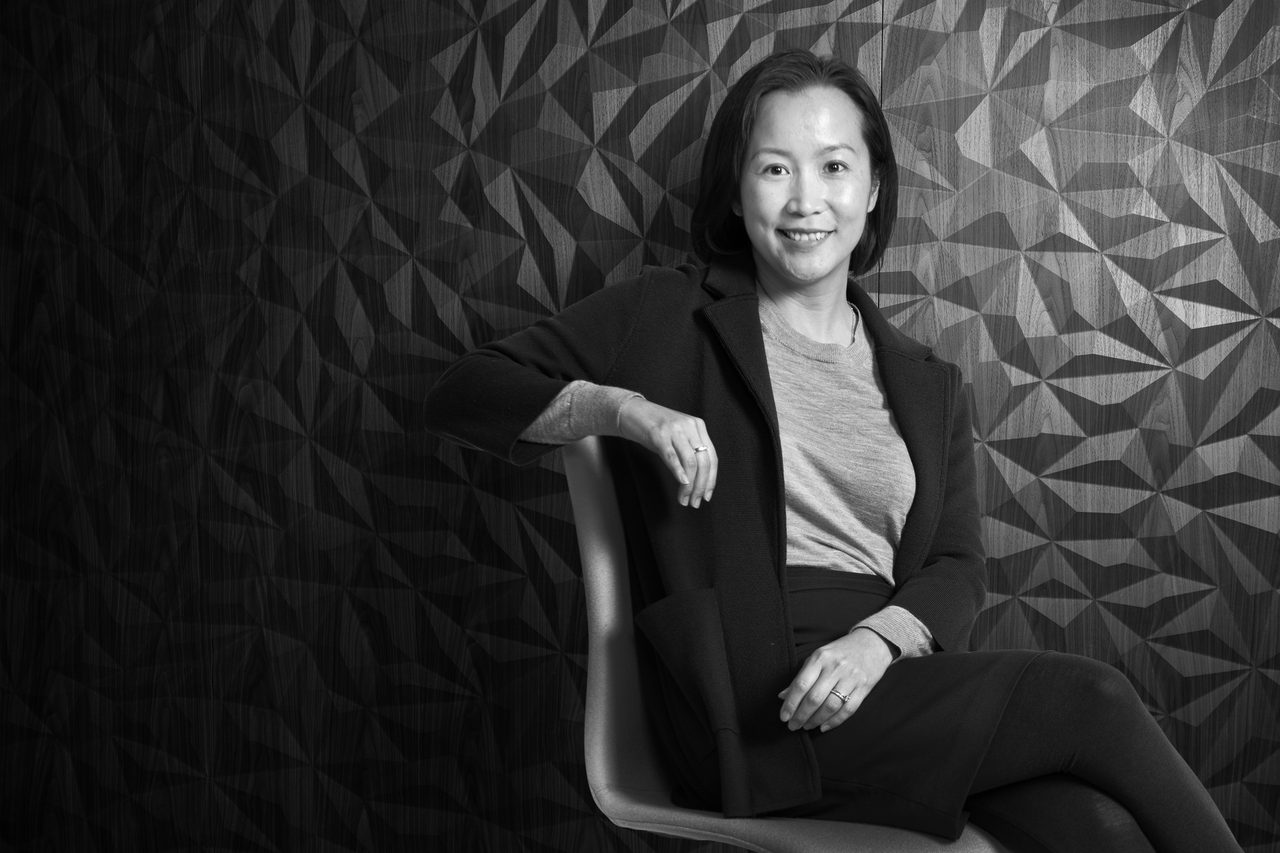In Technology

Title: Associate
Company: Sheehan Nagle Hartray Architects
Age: 38
Education: Master of Architecture from the Southern California Institute of Architecture (SCI-Arc), Bachelor of Arts in political science from the University of Chicago
Organizational Affiliations: Member of the American Institute of Architects and Infrastructure Masons; Chicago Shakespeare Theater Producer’s Guild; and academic mentor for Chicago Scholars Foundation and Hampton University, Senior Design Capstone
Chheng Lim

Achievements/Awards: Distinguished Building Award, Fort Worth Data Center – Admin Building, American Institute of Architects, Chicago Chapter, (November 2020); Notable Women in Construction & Design, Crain’s Chicago Business (May 2021); IM100 Fellow, Infrastructure Masons (December 2021); Education Champion Award, Infrastructure Masons (December 2021); and Notable Women in STEM, Crain’s Chicago Business (May 2020)
What made you realize you wanted to pursue a career in technology?
My current role as an architect specializing in data center design is what led me to technology. I was drawn to the industry because I recognized its critical importance in the global internet infrastructure and wanted an opportunity to create a tangible impact. While I saw my role initially as being in architecture and not technology, persay, I have come to learn that technology encompasses a broad array of diverse fields and areas of expertise.
What inspires you to do what you do?
- The professional challenge
- The industry is always innovating, and there is always something new to learn and explore
- The people. I get to work with smart and talented team members who are also some of the nicest people I’ve met
- Understanding that my work creates impact. I am part of a team that designs and builds the internet’s physical infrastructure, and this directly affects all of our abilities to use the internet on a day-to-day basis for everything from remote work to online learning to sustaining the global economy. It’s a humbling responsibility, really.
What role does sustainability play in your life?
Sustainability plays an absolutely critical role in my work and for my clients’ business needs. Sustainability, for me, isn’t simply about building materials. It boils down to the fundamentals of how a building actually works and how the systems are designed — how do we design and operate buildings as passive as possible so that we are not using (and paying for) excess energy?
What is the most fascinating thing you have learned while working in this industry?
How the internet is physically constructed. It’s fascinating to learn about all of the parts that come together to make the internet — everything from data centers to undersea fiber optic cables to power grid resiliency, etc.
My journey so far has been...
What’s something unique about you personally?
Aside from my experience working in data center design, I also have a passion for theater and films and currently serve as a member of the Producer’s Guild with Chicago’s Shakespeare Theater.
What’s something unique about you professionally?
I love mentoring and sharing knowledge about the data center industry. In this regard, I serve on several education initiatives for young architects, including the iMasons’ Senior Design Capstone project at Hampton University that introduces young architects and engineers to data center design.
What’s your most admirable quality?
I provide thoughtful and balanced counsel for my colleagues and partners, and am a careful listener
Why is diversity, equality, and inclusion important to you?
Diversity, equality, and inclusion are important to create space for ideas and creativity. When we nurture teams that welcome a diversity of experiences, training, and perspectives, we broaden the range of possible ideas for innovation and productivity.
What aspect of the industry do you think has the most potential for growth, and, on the other hand, which aspect do you think needs the most improvement?
Most potential — AI/AR, adoption of robotic technologies, and efforts to close the digital divide
Needs the most improvement — The continual push to design more resilient and energy-efficient buildings in the face of the increasing scarcity of resources. By scarcity of resources, I mean designing buildings that reduce water and power consumption as well as designing in locales that are challenging due to climate or pose difficult site conditions. I don’t mean to say the industry is performing badly in these areas. In fact, we’re working very hard at it and making significant strides. Rather, it’s to acknowledge that these will always be challenges for our industry and something we strive to continually be better at.
